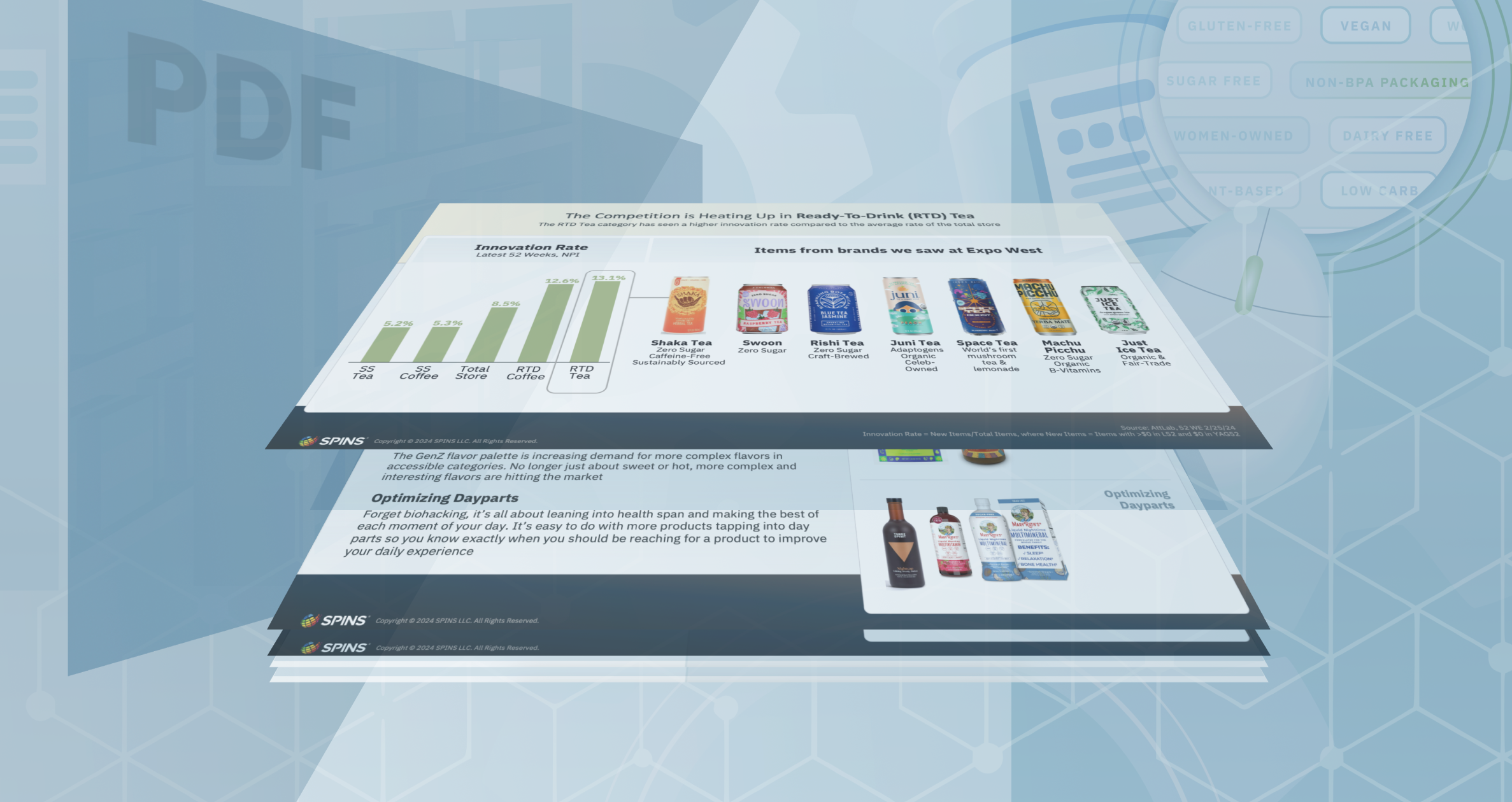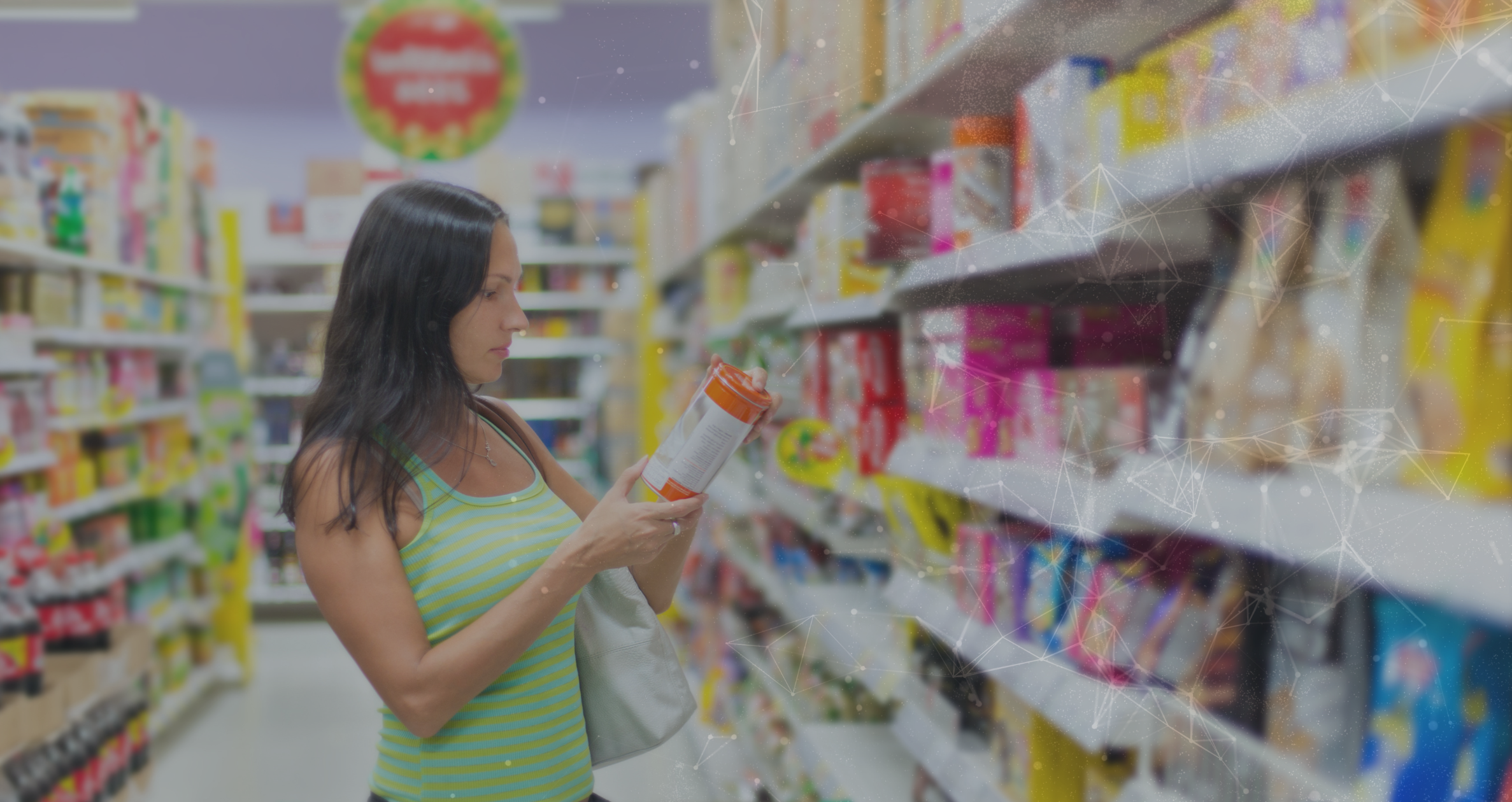Introduction
“Data is the new oil” might be a controversial assertion, but there’s truth at its core:
Leading tech companies value data more than almost anything else because it contains their best path for success. The more data they have—or that your brand has—the more they can build an effective business strategy. When you have a clear view of your sales, distribution, retail relationships, and buyer’s journey, you make smarter business decisions.
There’s one catch: That’s a lot of data.
Here at SPINS, we are, of course, proponents of data and its endless possibilities for helping brands. We also realize that a swamp of disorganized data from disparate sources can overwhelm even the best teams. Data that’s too complicated to use is worthless. The trick to making data work for you is not to have less of it—it’s to have more organization to it.
Data harmonization, through SPINS partner DAAP, brings together data from various sources and distills it so you can actually learn and turn it into an actionable plan. In other words, it gives your brand a single source of truth to work from. As you look at the role data plays (or can play) in your business, consider what data harmonization allows you to accomplish:
Incorporate multiple sources
The reason your current data pool might feel excessive is because you’re looking at data sets from a variety of sources in different locations: data partners, retailers, trade associations, certifiers, and more. The first step to finding utility in these facts and figures is to bring everything together in one place. That way you’re not only saving time by staying in one platform, but you’re also able to effortlessly navigate from one topic to the next and get a complete overview of your brand’s data.
Get Visual With Your Dashboard
Now that you’ve created this single source of truth, you can access it through a custom interactive dashboard. Surprised by growth in distribution or curious about trends you’re seeing in your biggest retailer? Keep clicking to learn more. The benefit of data harmonization is that it simplifies your data but doesn’t take away its dimensions. The sources you bring into the platform retain their richness and let you explore to uncover answers.
If you can visualize and export that data in charts and graphs, you have an effective way to present retailers a snapshot of your business, help sales see your buyer’s journey, show marketing what loyalty data you’ve received from retailers, and more. Data visualization is a priceless feature when you’re building decks. After all, what presentation isn’t better with compelling visuals?
Extract Data
A comprehensive dashboard is a great asset for you and your team, but you need the data to move with you. Share key reports from this centralized depository of data in useful formats, like Excel spreadsheets or PowerPoint presentations. It not only puts the data into one readable format for you, but it also lets you bring it into conversations with stakeholders or partners without hopping from one screen to the next.
Integrate with your tools
Data harmonization brings data sources to one platform, but it doesn’t mean cutting out your existing tools. A good platform can serve as a BI tool, but it should also work with your systems. If you want to bring all of your sources together but still want to use your existing BI tool, you can pipe the information into it. Data harmonization is about making data technology work for you, not against you.




